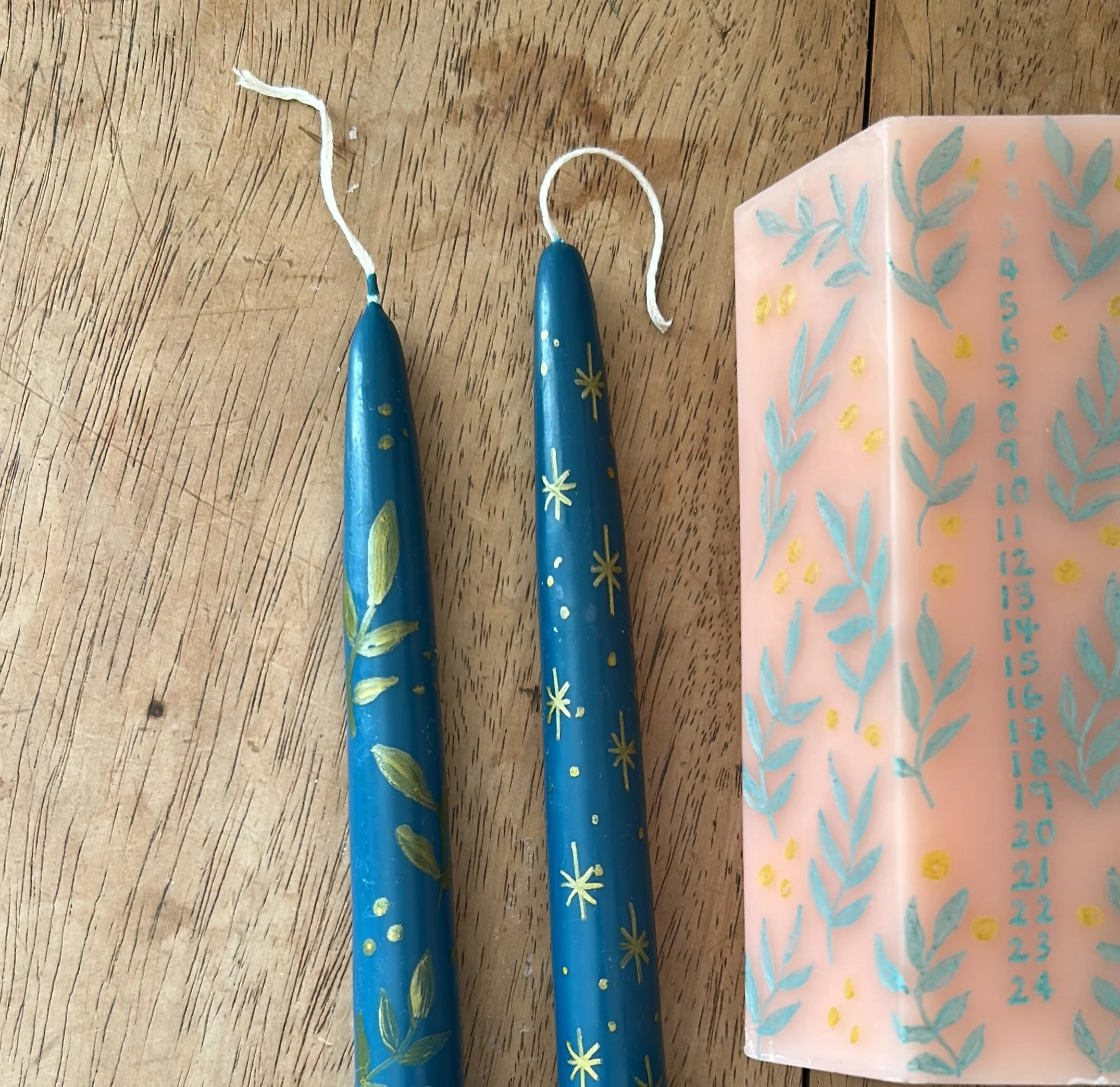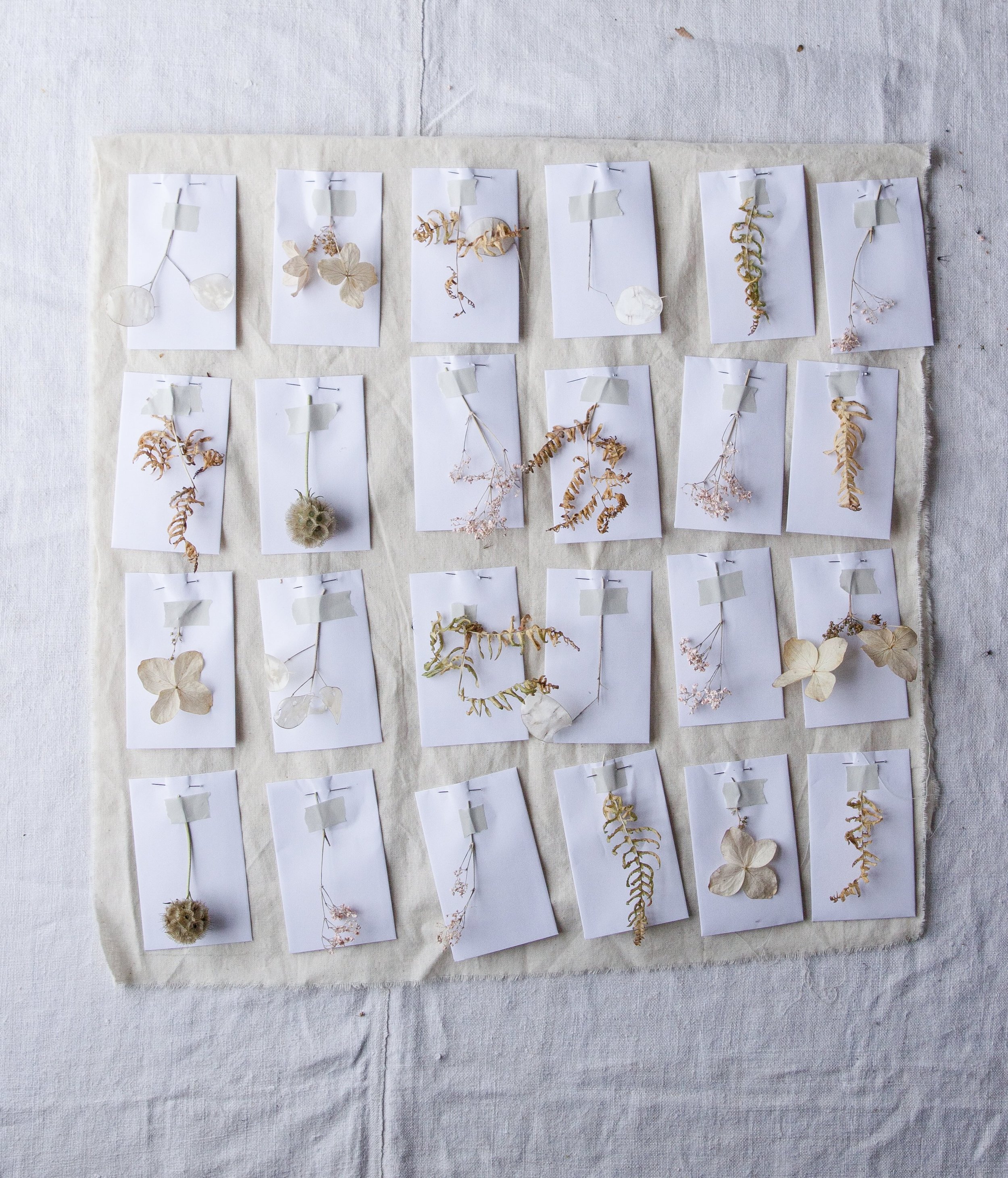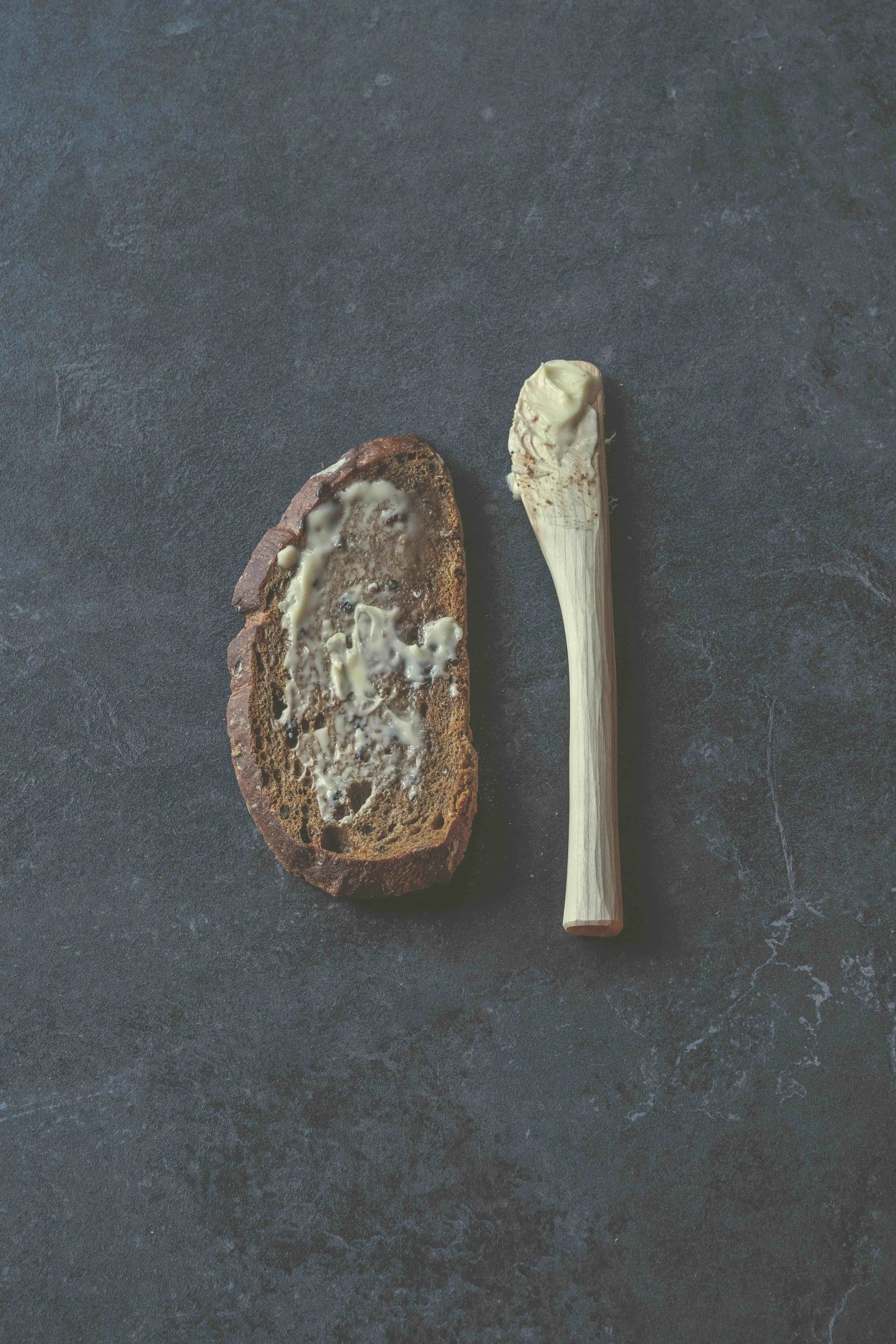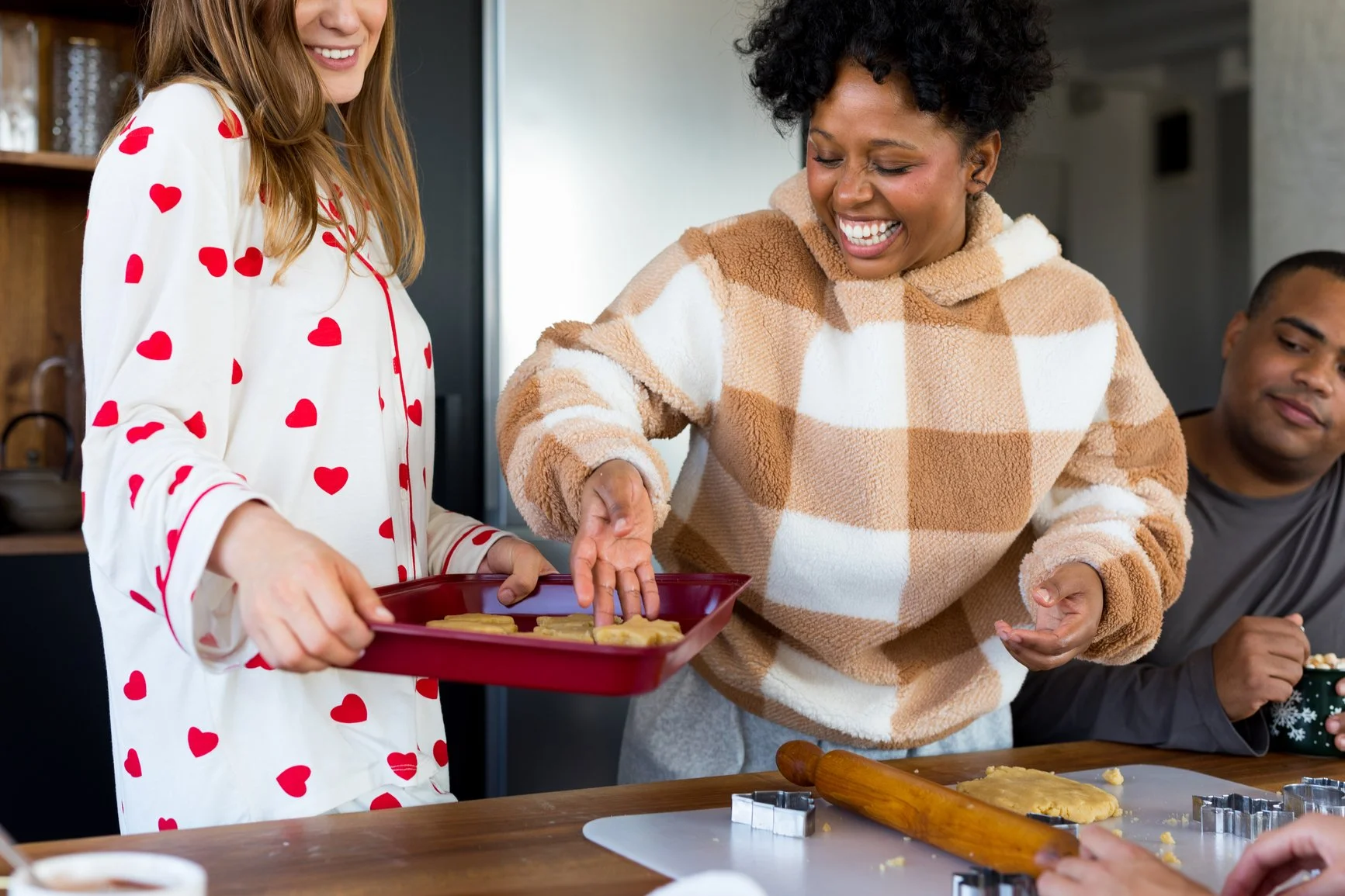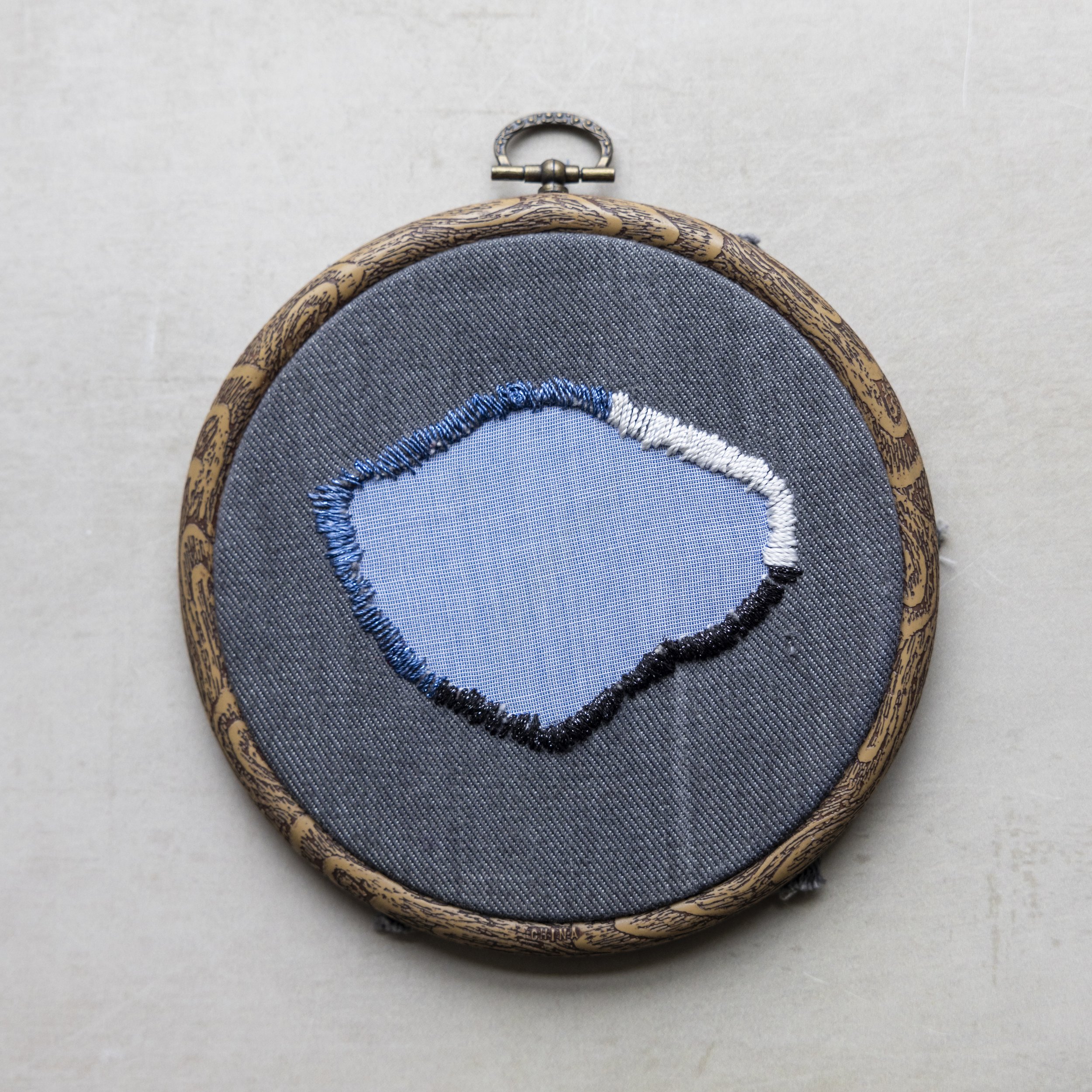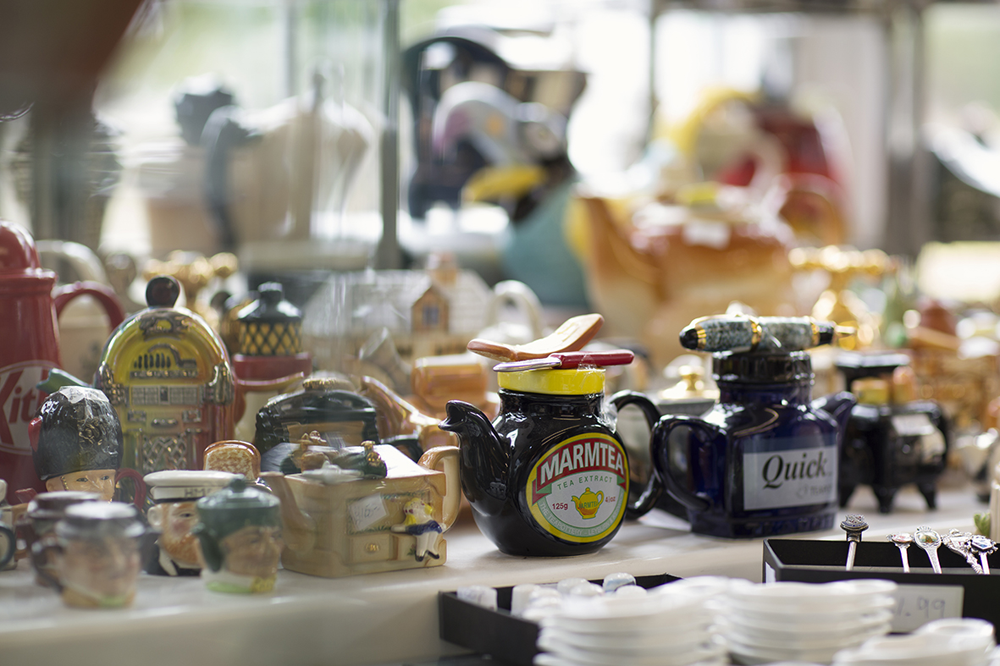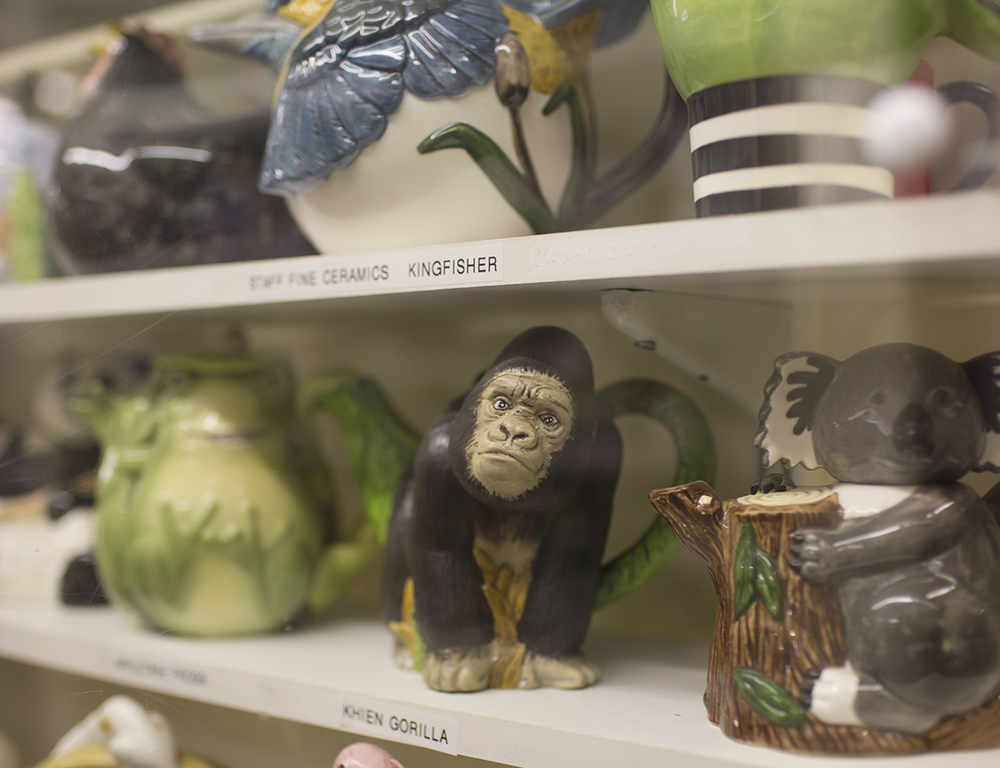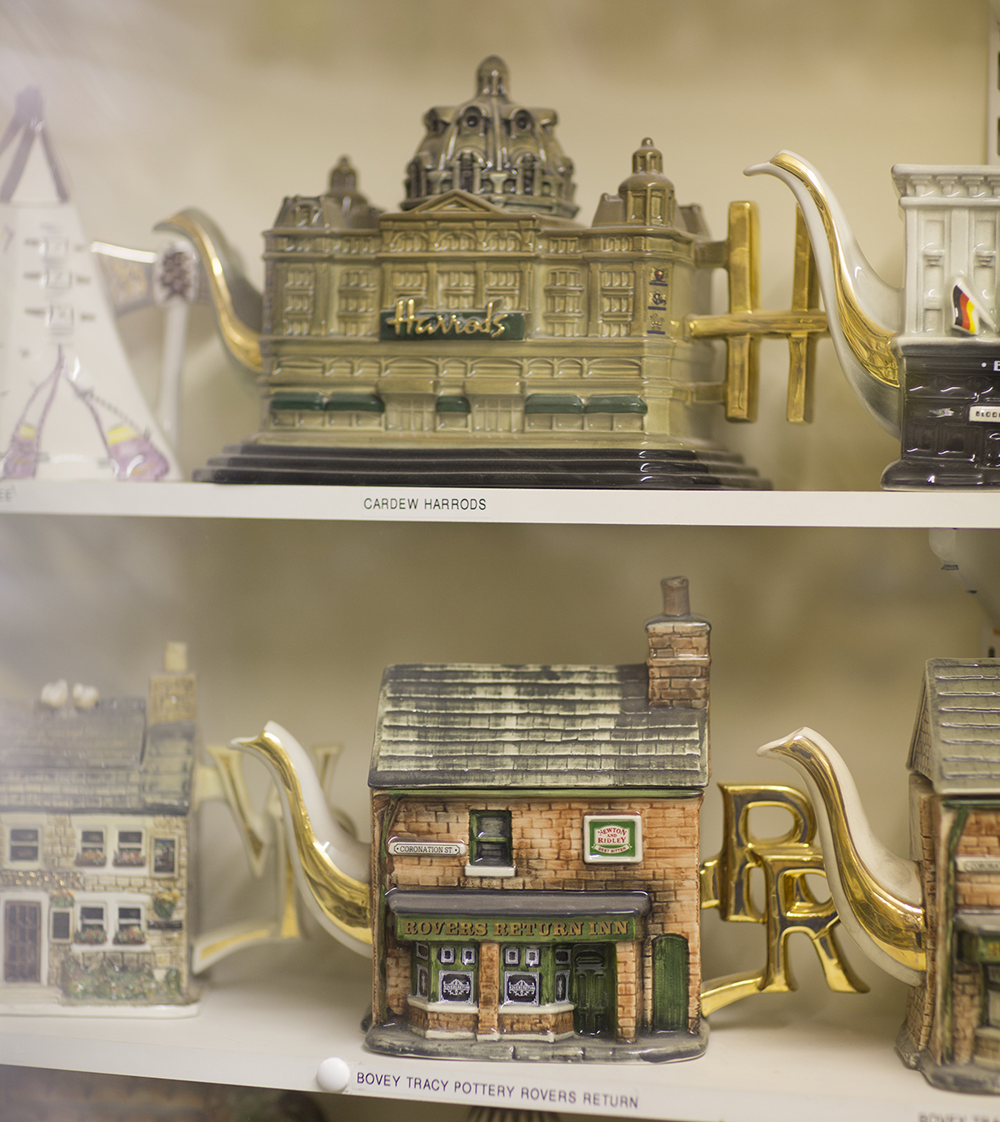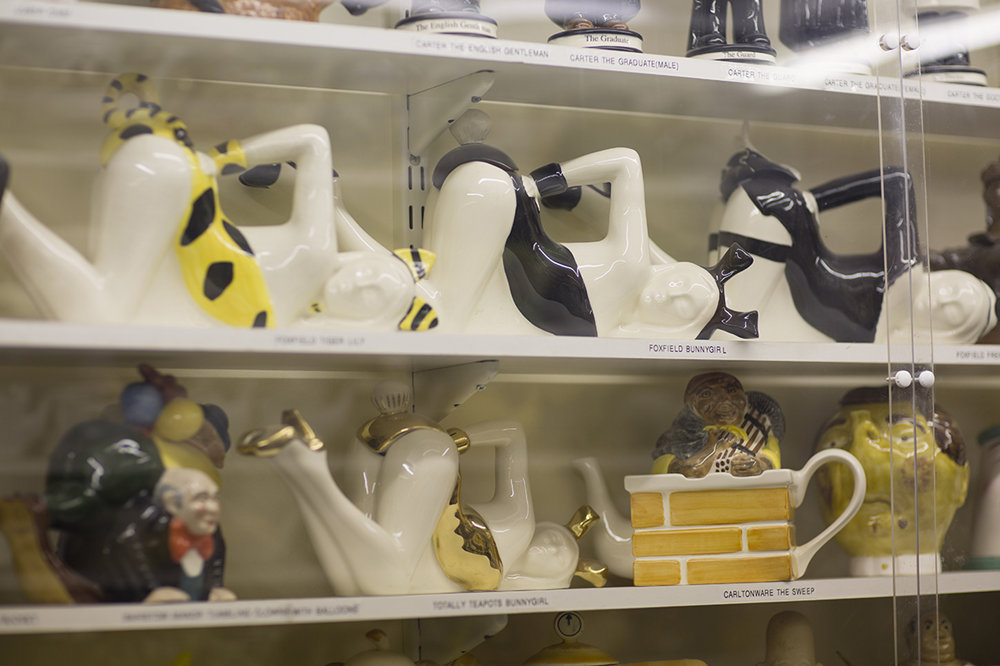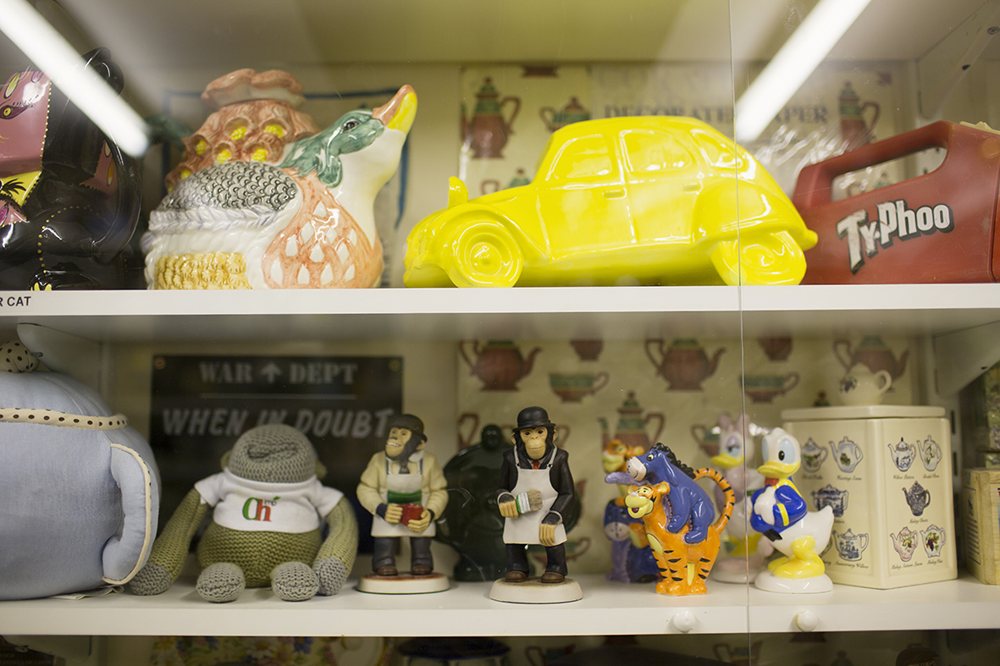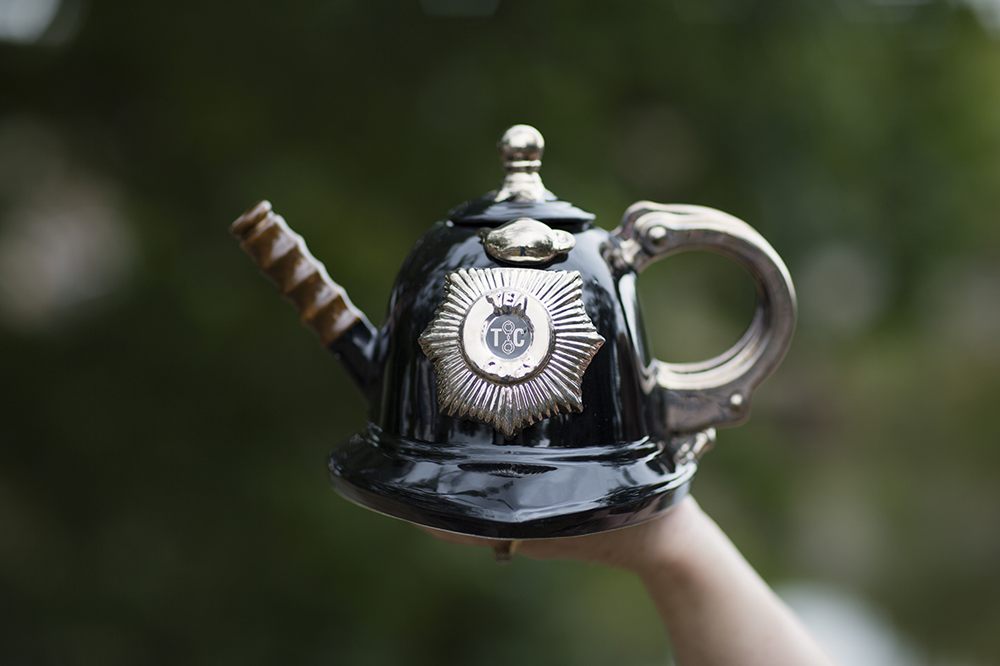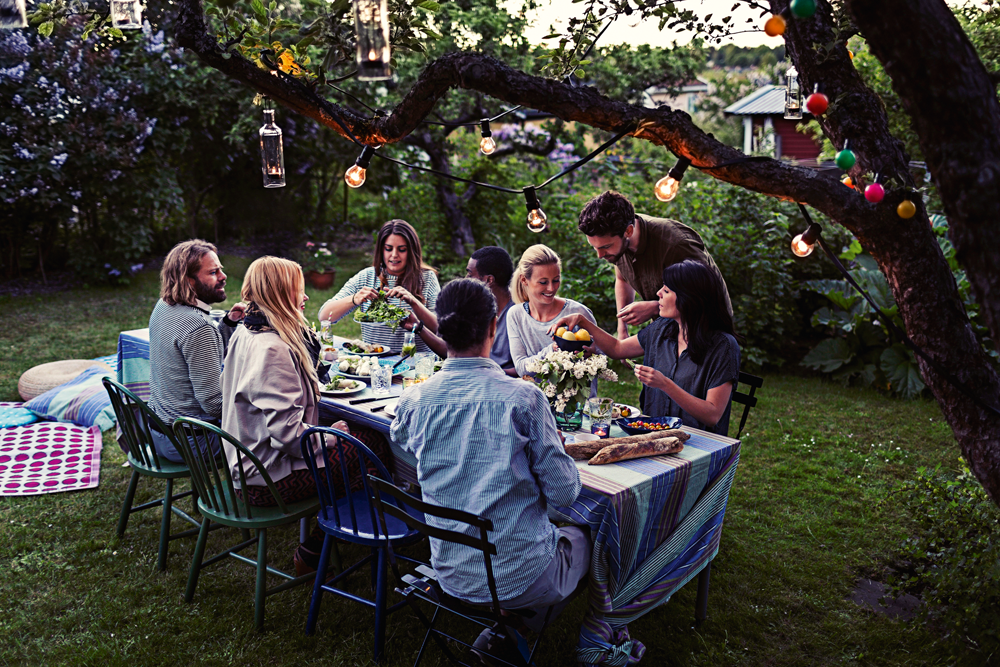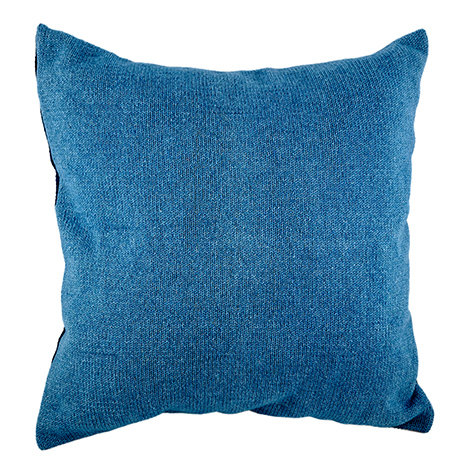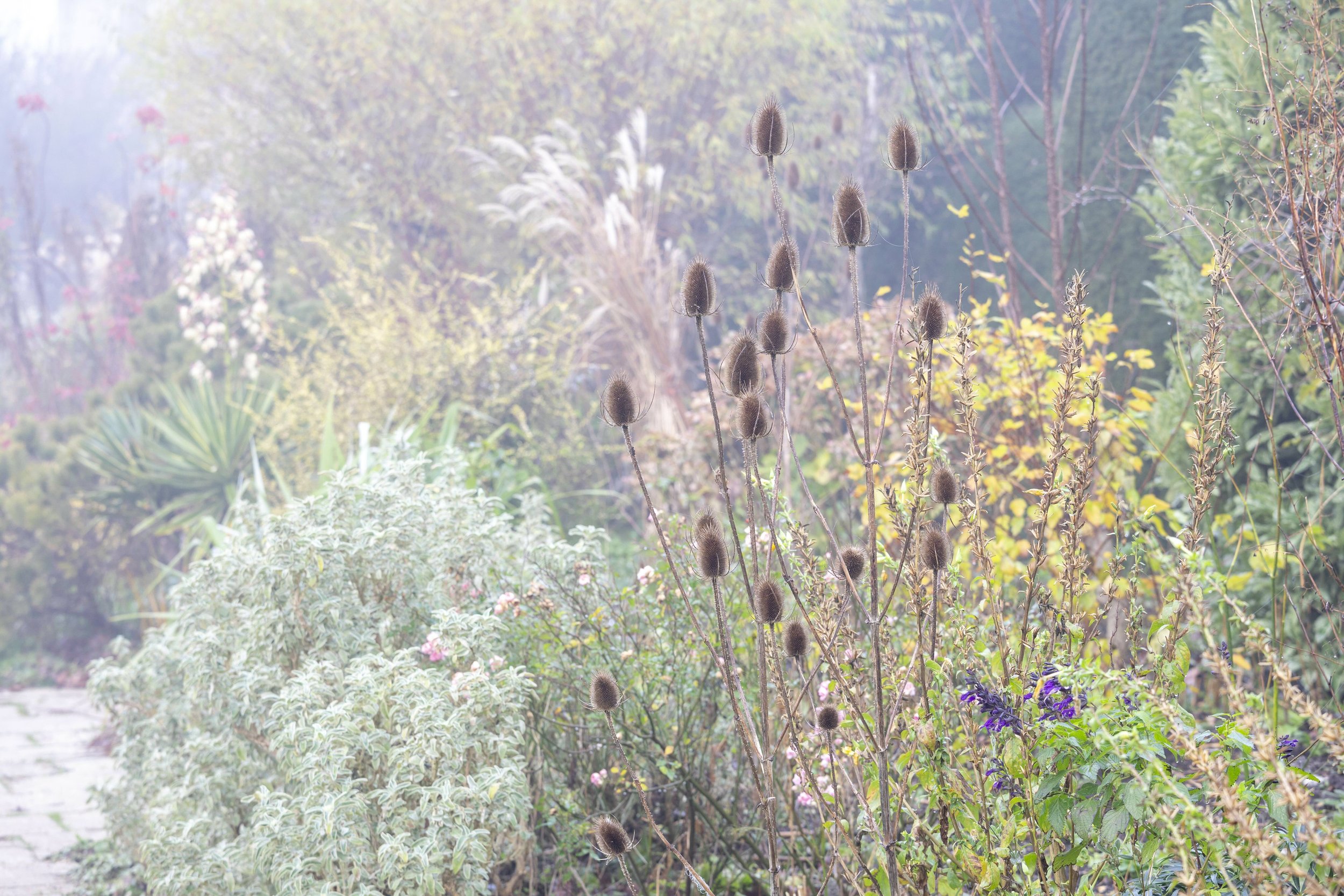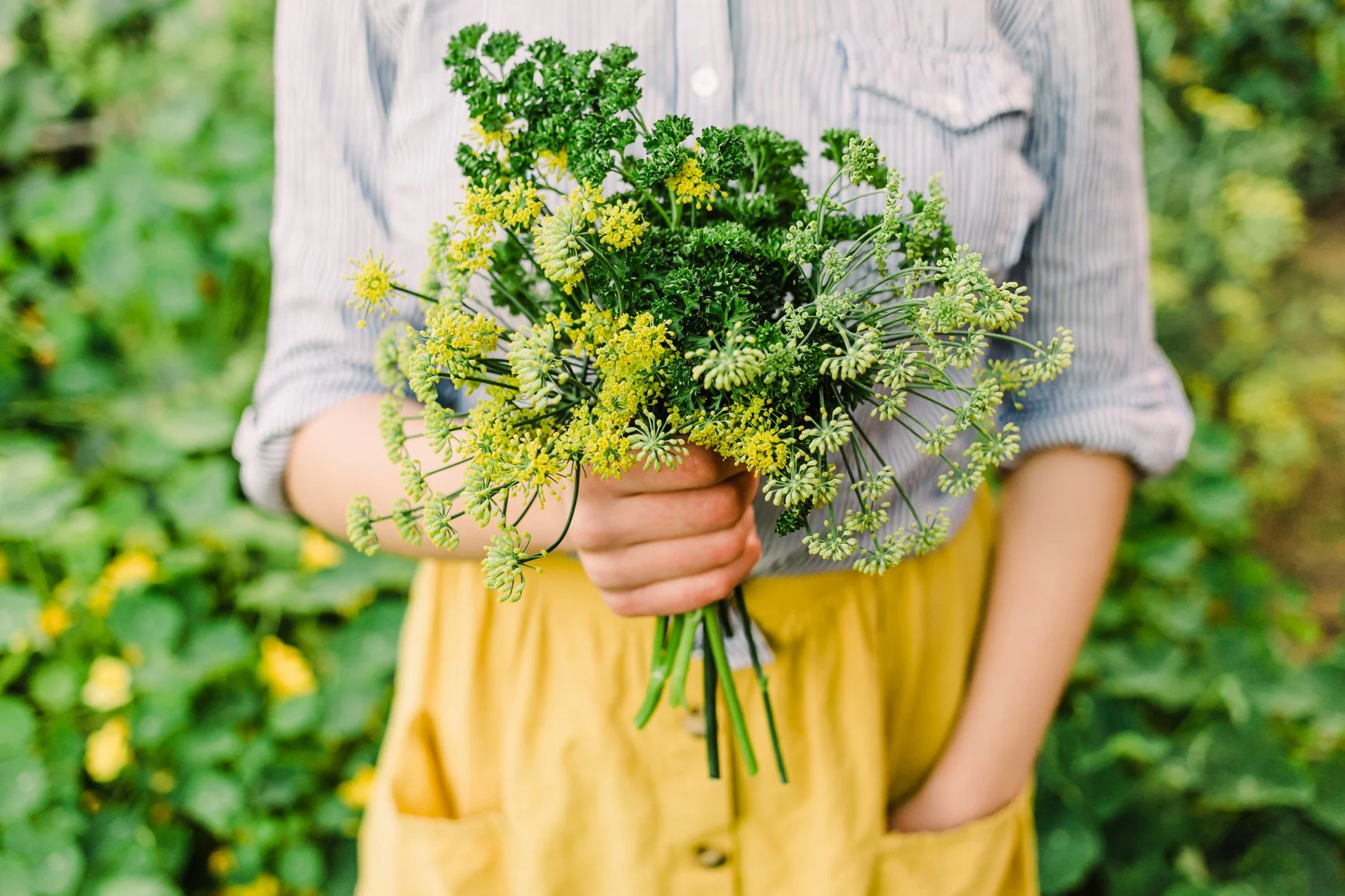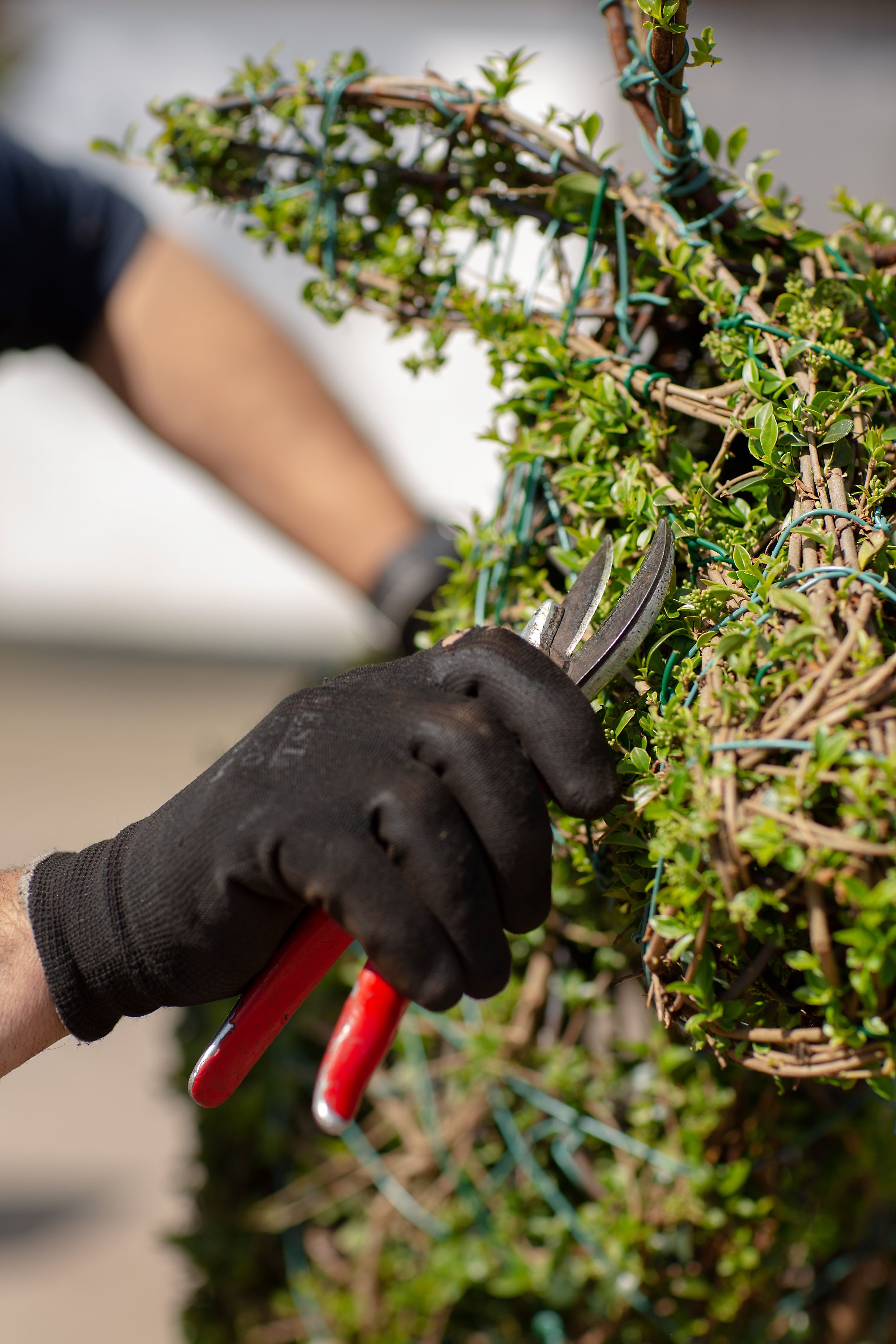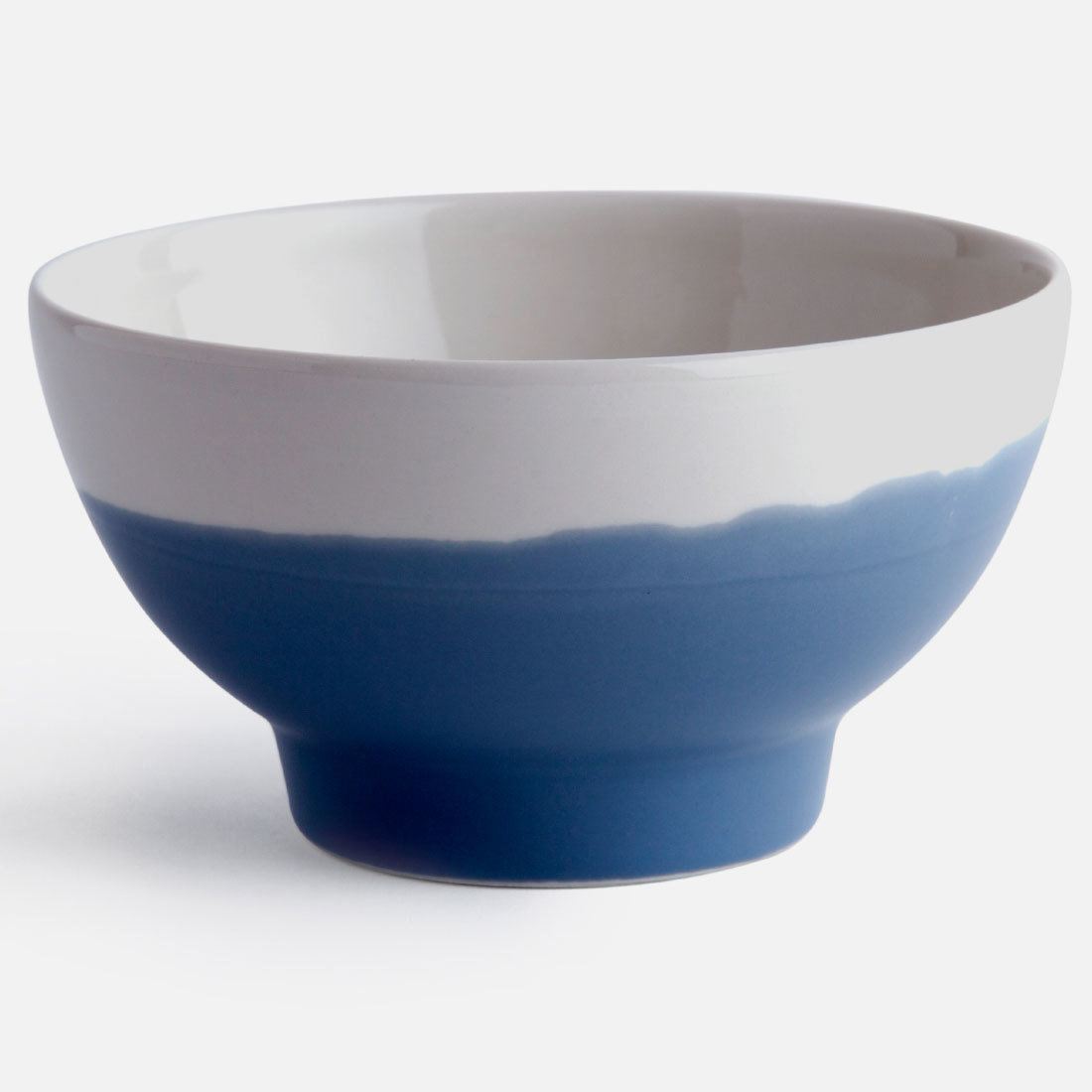For a taste of the good life and your own freshly-laid eggs on the doorstep, keeping chickents can be great fun and is surprisingly simple, says Kate Turner.
Kate Turner is an allotment gardener, forager, recipe writer and author, who wrote this month’s henkeeping feature on page 48 of June's The Simple Things. She loves growing organic veg and raising ‘free-range’ children. Read more at about her flock at homegrownkate.com and read on for her tips on keeping hens.
Becoming a henkeeper
1. Choosing a chicken
There are so many fabulous breeds to choose from, all with different looks and personalities to boot. Start by looking through books, poultry magazines or online to get an idea of what you like and then contact a local breeder or poultry society or go to an agricultural show to take a look.
It’s worth considering whether you want hybrid, pure or rare breeds and what size chicken you’re after. Hybrids are cross-bred for high egg production (250-300 a year) and live for around three to five years. Pure breeds are a single breed and usually live longer (six to 12 years). They won’t lay quite as many eggs as hybrids (anything from 50-250 depending on the breed), but they do come in an incredible array of colours, characters, shapes and sizes. Rare breeds are pure breeds whose numbers are low, so keeping rare breeds helps preserve that species, which is great.
It’s also worth considering what size chicken you’re after. Do you have the space for large hens or would you prefer a little bantam flock? A cockerel or ladies only? Start with two to three chickens and go from there. Most hens are very family friendly, easy to care for and a real joy to have in the garden.
2. The coop and run
While we use an ‘open’ coop and a battery-powered electric fence to protect our flock, there are lots of other options to suit all situations and budgets. If you’re tight on space an ‘A’ frame, ark or Eglu might suit – these portable frames incorporate coop and run and can be moved around your garden to make the most of fresh grass, usually housing two to four smaller hens.
You can convert an old shed into a brilliant chicken house, buy a gypsy caravan hen house on wheels or even recycle a metal bed frame and a waterproof canvas sheet! At night, each hen will need around 20cm of perching space in the coop and the more space you can give your chickens to roam during the day, the better. Once your chosen coop is up and running, you’ll need to keep it clean – ‘mucking out’ once a week is usually fine.
3. Food and water
Fresh water should always be available, with or without the addition of apple cider vinegar, and food needs to be offered once or twice a day – the main meal in the morning and a treat in the afternoon works well. We don’t leave food out permanently because it can attract unwanted ‘guests’, plus we enjoy going to the allotment to feed our chickens.
As a rule of thumb, a double-handful of food is about right for each hen, but you’ll get a feel for what suits your flock. You could just feed them organic layers pellets and some mixed grain as a treat, but they will really appreciate kitchen scraps, foraged nuts, berries and weeds. We also make an occasional ‘green mash’ that is packed with nutrients, which they adore. In addition they need a little ‘grit’ for healthy digestion and hard eggshells.
4. Natural remedies
A fresh-air, free-range lifestyle is always the best way to ensure good health, but there are also some really useful natural products for your chickens. Diatomaceous earth is a very fine dust made from tiny fossilised water plants that mites and parasites loathe. Every few months we puff it into the nooks and crannies of their coop, their favourite dust-bathing spots, even into their food. Verm-x is another great herbal product for deterring parasites.
Once a month, we dish out the pellets and they must taste delicious because our hens love them! Daily Hen Health is a fabulous vitamin and mineral-rich addition to their water, containing apple cider vinegar and a mixture of herbs, seaweed and garlic - we just add a little to their water whenever we change it. And finally, plain and simple wood ash – a brilliant addition to dust-bathing spots, especially in the winter months.
5. The moult and hen-pecking
Once a year towards the end of summer your lovely fluffy hen will lose many of her feathers and lay fewer eggs. This is called the moult and is perfectly normal, although it can look quite alarming. Your hen is simply replacing her old feathers in a process that can take six to 12 weeks. Hen-pecking can be equally alarming and is also pretty normal when introducing new chickens to your flock. Expect a bit of argy-bargy as the hens decide who’s the boss and what the ‘pecking-order’ is. Introducing new hens at night can help – put them straight on the perch with the roosting flock and they may wake up none the wiser.
READING & SUPPLIES
There are lots of publications and websites out there offering advice on keeping chickens. These are some of my favourites:
Books
The Illustrated Guide to Chickens by Celia Lewis (a gorgeously illustrated & practical guide to keeping chickens)
Chickens by Suzie Baldwin (a comprehensive book covering everything you need to know)
The Complete Herbal Handbook for Farm & Stable by Juliette de Bairacli Levy (a natural chicken keeping bible)
Collins Pocket Guide: Wild Flowers (a handy pocketbook for identifying wild herbs & weeds)
Specialist magazines
· Practical Poultry
· Country Smallholding
· Fancy Fowl
· Your Chickens
Websites for coops, fencing, food & herbs, plus UK agricultural shows:
Coops
www.flytesofancy.co.uk
www.omlet.co.uk
www.greenfrogdesigns.co.uk
www.smithssectionalbuildings.co.uk
Food/Herbs/Treatments
www.organicfeed.co.uk
www.hiltonherbs.com
www.verm-x.com
www.diatomretail.co.uk
Fencing
www.countrystoredirect.com
www.rappa.co.uk
Agricultural Shows
www.ukcountyshows.co.uk
General info
www.poultryclub.org (lots of info about pure breeds )
www.rarepoultrysociety.co.uk (protects & promotes rare breeds)
www.rbst.org.uk (Rare breeds survival trust. Lots of info)
www.bhwt.org.uk (British hen welfare trust – rehomes hybrid commercial layers)
www.feathersite.com (US-based and a bit clunky, but loads of infophotos about all breeds)
Read more from the June issue:























